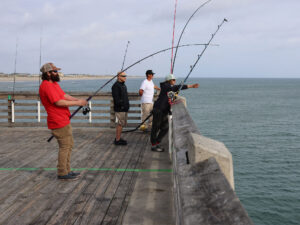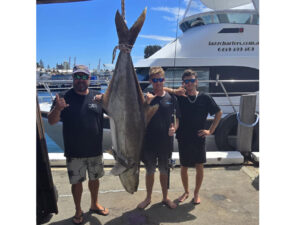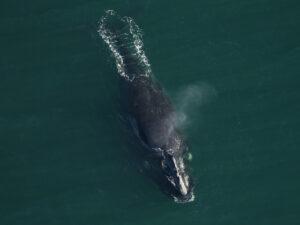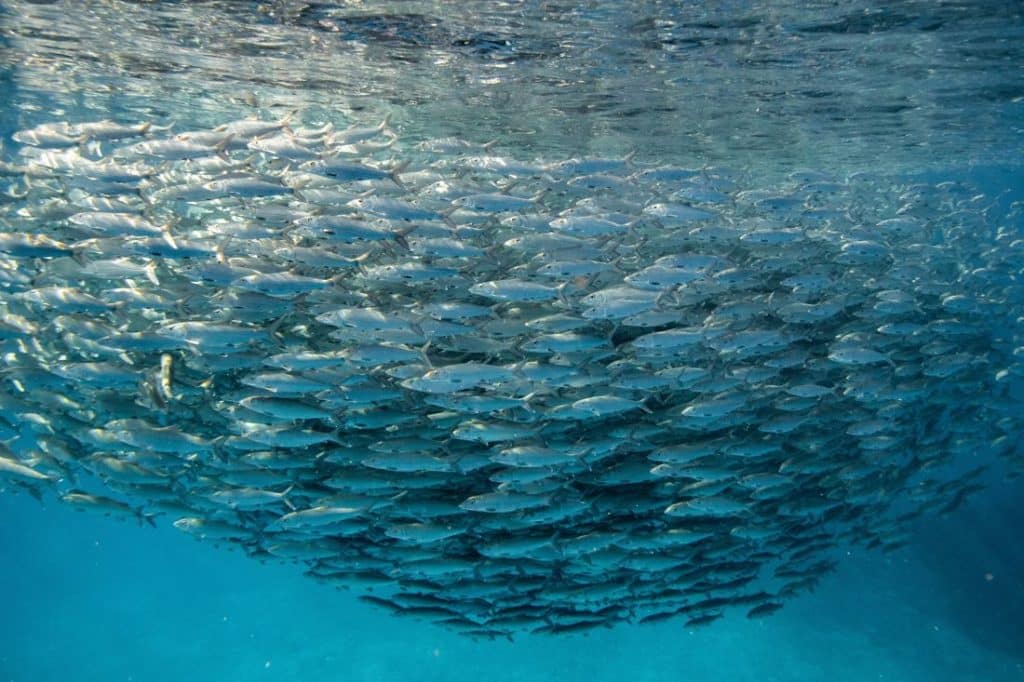
In several areas of the world, recreational fisheries for bonefish contribute vitally to local economies. Certainly, bonefish are important in Miami’s Biscayne Bay, where anglers spend big bucks to fish shallow water for trophy bones—see “Miami’s Biscayne Bay: Still a Fisherman’s Paradise.” And it’s certainly true in the Bahamas, where the recreational bonefish fishery exceeds an estimated $140 million and supports thousands of jobs.
Yet beyond a fairly basic understanding, relatively little is known of bonefish populations or their life history, but a recent report from Bonefish & Tarpon Trust, posted on the Fisheries Research Foundation website (fisheriesresearchfoundation.org), offers fascinating insight into these popular gamefish. Entitled “Bonefish Spawning in the Bahamas,” the report was written by Aaron Adams, Ph.D., BTT director of science and conservation, and senior scientist at Harbor Branch Oceanographic Institute.
Scientists had been aware that adult bonefish at certain times migrate to sites where they form pre-spawning aggregations (PSAs), but they lacked extensive data about the formation of those PSAs, and where bonefish actually moved for nocturnal spawning. Researchers wanted to learn more, noting that the International Union for the Conservation of Nature classifies bonefish as “near threatened” due to habitat loss (particularly mangroves and sea grasses), water-quality deterioration and coastal development. Threats to PSA sites are, according the report, “especially worrisome [with] individuals from a large geographic area highly concentrated” at such sites.
Read Next: Group Succeeds in Spawning Wild Bonefish
Better identification of bonefish pre-spawning and spawning areas in the Bahamas can help to protect the species there.
In part toward that end, BTT researchers set out to learn more via research cruises aboard its research vessel, M/Y Albula. The information gained from that research offers new understanding about one of the world’s iconic saltwater gamefishes.
In mid-November 2018, these researchers encountered bonefish in a large pre-spawning aggregation exceeding 5,000 fish in the Abacos. Just before spawning, bonefish here, as in other observed PSAs, gathered in a compact school in a nonflats habitat where they could be observed in the very unbonefishlike behavior of porpoising at the surface.
The scientists implanted three bonefish from that aggregation with acoustic tags and tracked the school as it moved offshore for spawning.
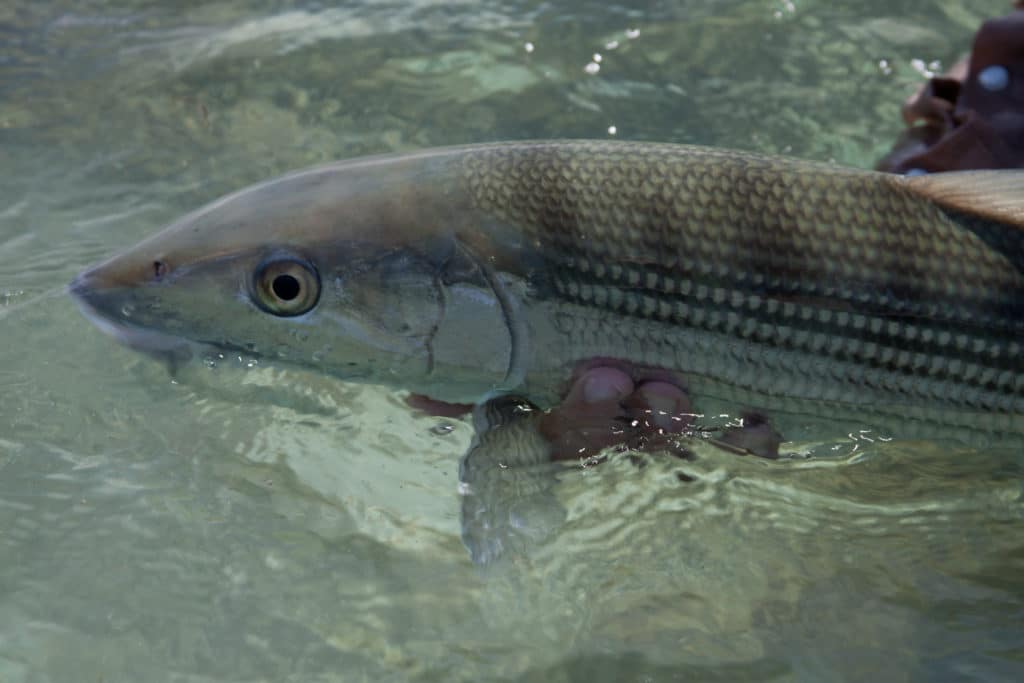
The distance the fish moved offshore—about 8 miles from where they formed their nearshore PSA—was farther and, in water 5,000 feet deep, deeper than previously documented.
At dusk, the fish moved offshore; at about 5 a.m., they descended to about 200 feet deep to spawn. That too was deeper than previously known.
Based on reports from local fishermen, researchers located bonefish PSAs in other areas as well, such as near Long Island.
Given that thousands of adult bonefish can convene in one small area before spawning, it’s likely that most will have traveled long distances from their home flats. Fish tagged with dart (“spaghetti”) tags in 2018 will help tell the story, but one early recapture on a flat in Abaco Marls revealed that fish had traveled 65 miles from the pre-spawning aggregation where it was tagged.
Not surprisingly, commercially valuable food fishes get most of the attention (and funds) from managing agencies. But establishing the existence and location of bones’ annual pre-spawning aggregations is critical if such sites are to be safeguarded. PSAs tend to occur in protected bays near deep water, bays that are attractive to developers. Bonefish need protection when and where they spawn: Stocks of species that are aggregation spawners can be particularly susceptible to disruption.
Studies like this one will go a long way toward helping scientists piece together the puzzle of bonefishes’ lives in the Bahamas so these peerless “gray ghosts” can endure on the flats, even in the face of increasing development.

